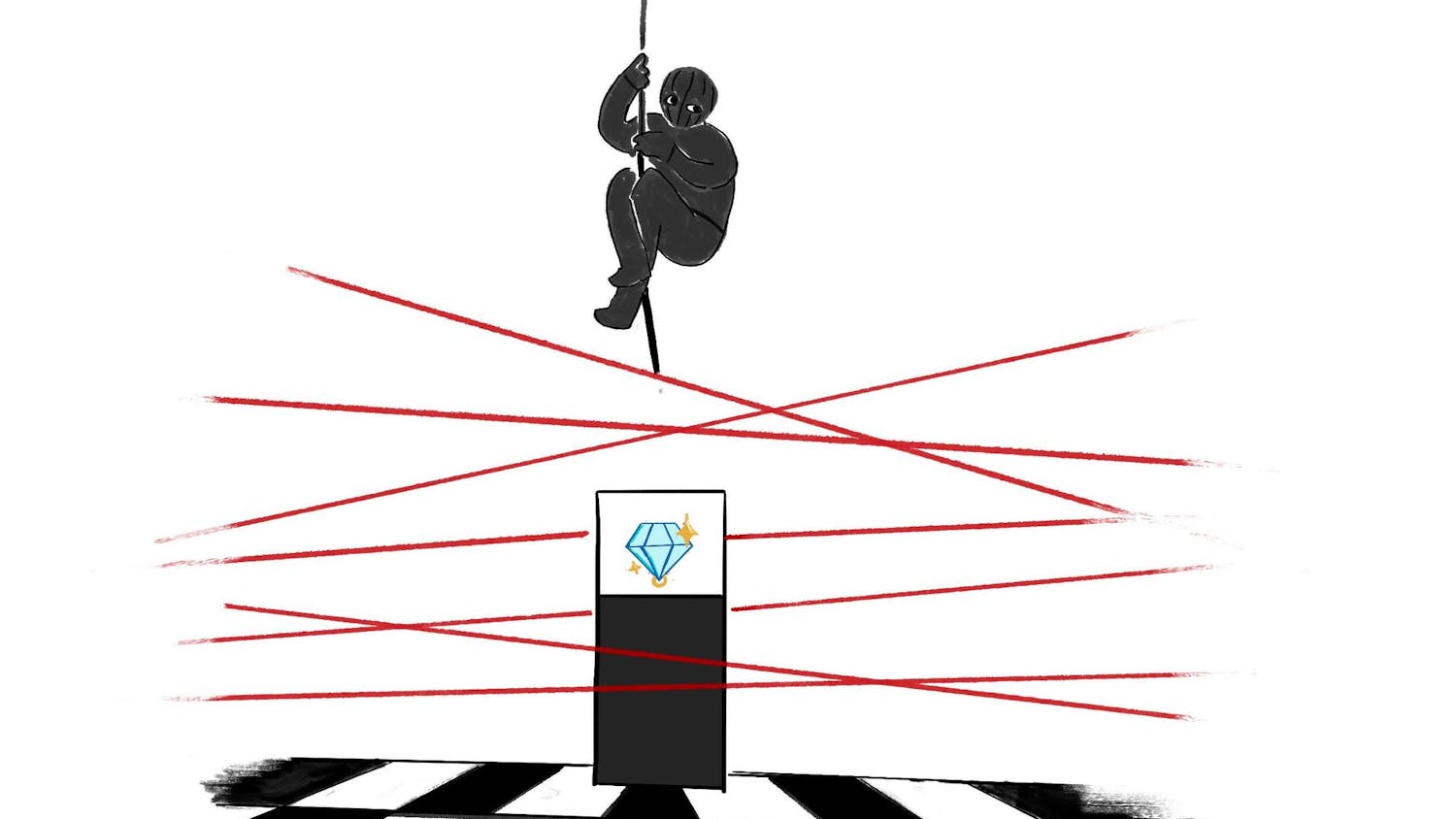Reverse racism is a term that I have been seeing a lot lately. In the midst of the #BlackLivesMatter movement, many white people have been defending the fact that they want the movement to just go away by saying (or tweeting) things like, “A black kid from my high school got a scholarship and I didn’t ... racism, man.”
However, this “racism” that our white friend experiences so often isn’t really racism at all. Sure, maybe he feels discriminated against, but a victim of racism?
No. It is not reverse racism for people of color to be given the tools to reach a goal that whites have had access to because of their privilege. Living as a white woman in a society that is carefully constructed to benefit whites, I believe that the only way for our society to move past racism is to start by recognizing the structural oppression against people of color that still occurs today and by teaching our children to be allies instead of claiming to be the victim and taking attention away from the real issue.
The terms racism and discrimination are often confused, and are sometimes used interchangeably and, often, incorrectly. Discrimination is simply the choice between two things. So, sure, a person of color can say, “I prefer anyone else in the world to a white person,” and discriminate against them, which might hurt the white person’s feelings, but it’s not “reverse racism.”
The term racism includes all of the years that people of color have been abused mentally, physically and emotionally by individuals and institutions of power within our country.
There is a history behind the word. From the genocide of indigenous peoples, to slavery and Jim Crowe laws, to police brutality, people of color have been oppressed for the entirety of United States’ history.
We live in a society that is structurally designed to help whites succeed, whereas people of color are often left a few steps behind.
Although it is possible for whites to be discriminated against, there is no history of white oppression. Therefore, typically, the only thing a white person has to face is discrimination from individuals, not societal structures and institutions.
It is difficult for white people to understand racism without acknowledging their privilege. Viola Davis famously became the first black woman to win an Emmy for Outstanding Lead Actress in a Drama this year, and in her acceptance speech she so brilliantly stated, “The only thing that separates women of color from anyone else is opportunity.” The fact that she was the first black woman to ever win this award, in 2015, isn’t because there are women of color staring in television shows who didn’t deserve the award, but rather because, until recently, there haven’t been women of color staring in television shows.
From university scholarships to the Emmy Awards, the structures that make up our society are designed to benefit white people over people of color.
No, white people didn’t do anything special to get the upper hand, and, no, they shouldn’t be discriminated against because, hey, no one gets to choose their race. However, privilege that protects whites from experiencing racism continues to exist.
The issue of racism in our country today is real. However, that racism isn’t against whites. In order to become allies and stop encouraging a perpetual cycle of systematic racism, white people must check their privilege and understand that, because we don’t have a terrible history of being oppressed, we simply cannot experience racism, no matter how discriminated against we might feel.
Ashley Moore is a senior in social work.
Do you like this story? The Plainsman doesn't accept money from tuition or student fees, and we don't charge a subscription fee. But you can donate to support The Plainsman.




